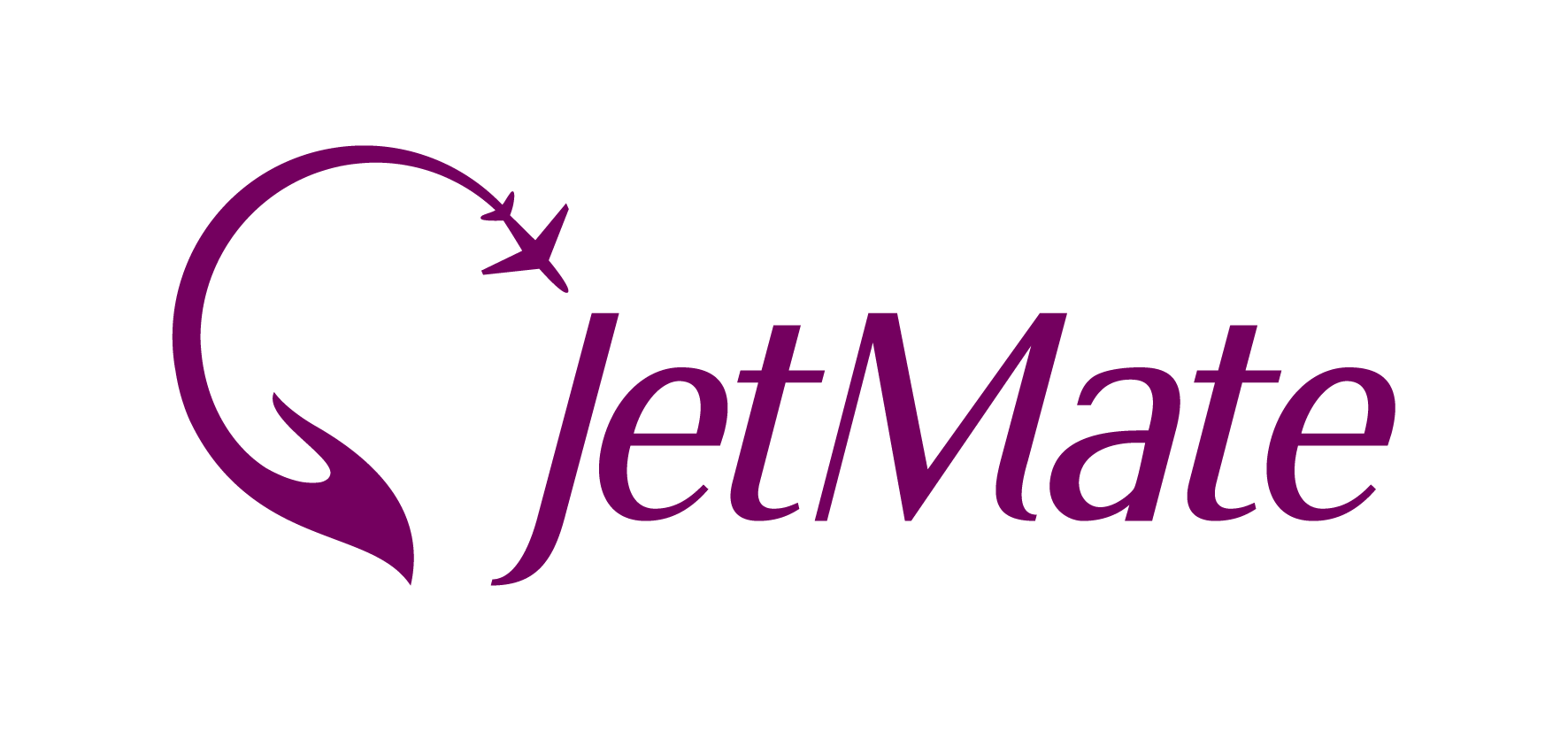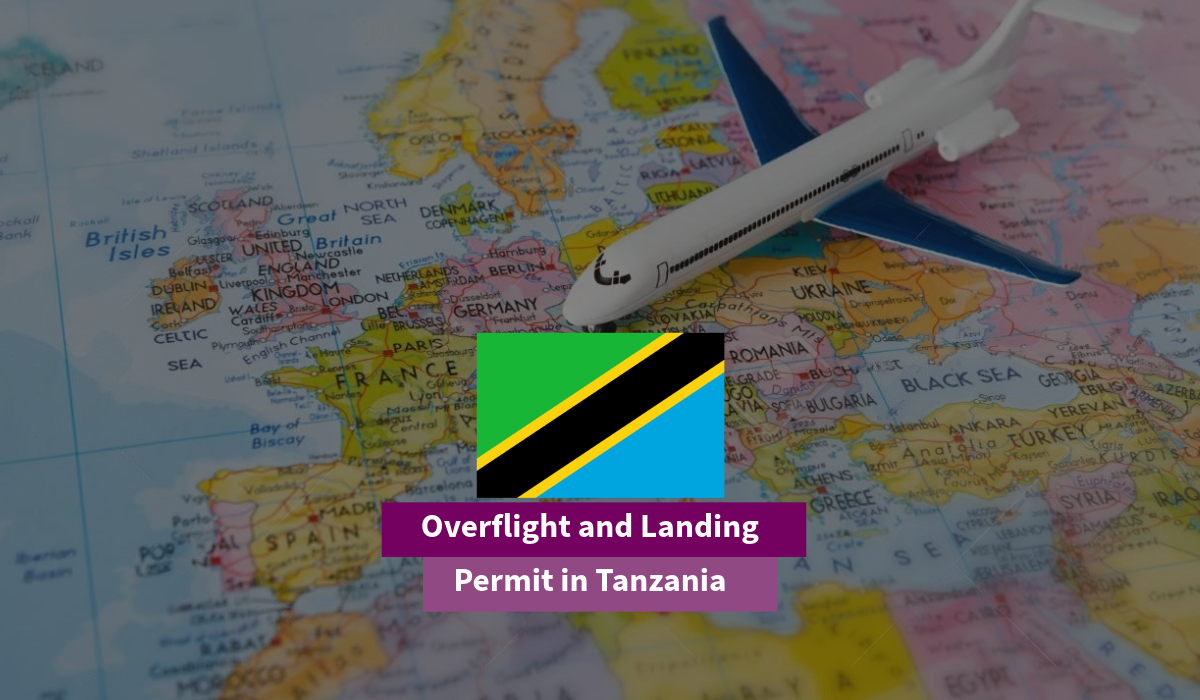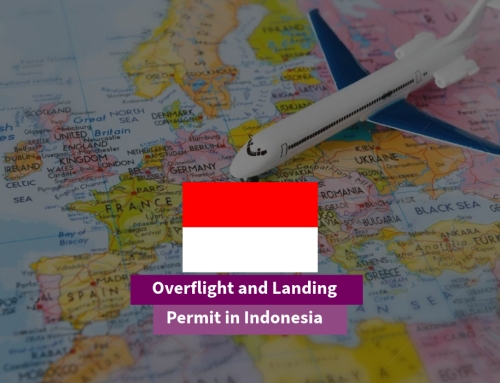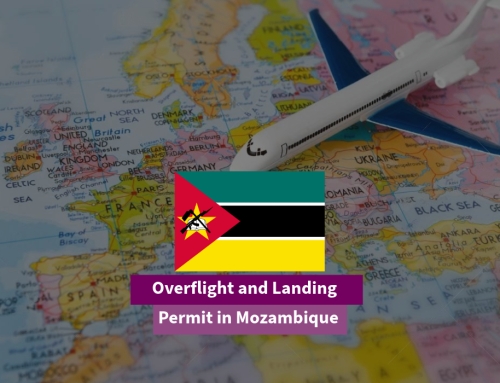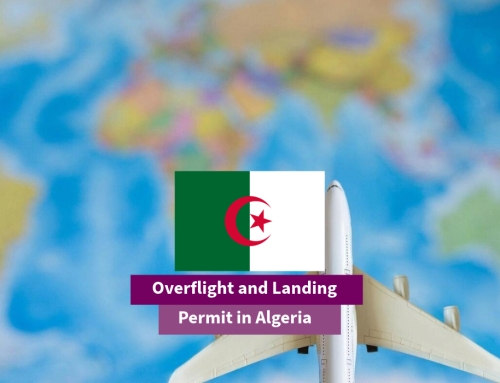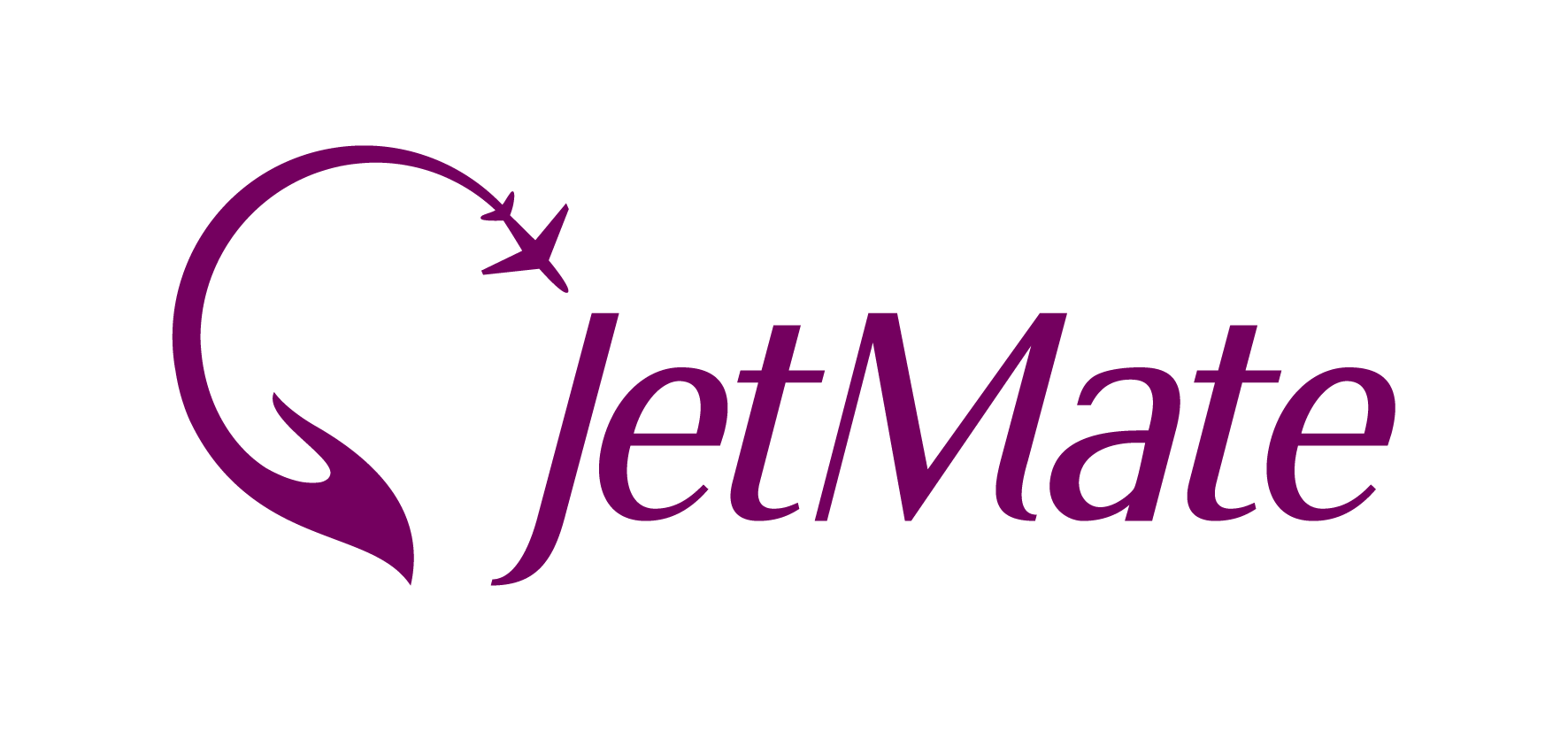Obtain Overflight and Landing Permit in Tanzania
Flying to or over Tanzania requires operators to comply with the country’s aviation regulations and secure the necessary permits. As a major hub for tourism in East Africa, Tanzania attracts international flights for both commercial and private purposes. This guide outlines the types of permits required, the application process, and key considerations for flight operations in Tanzania.
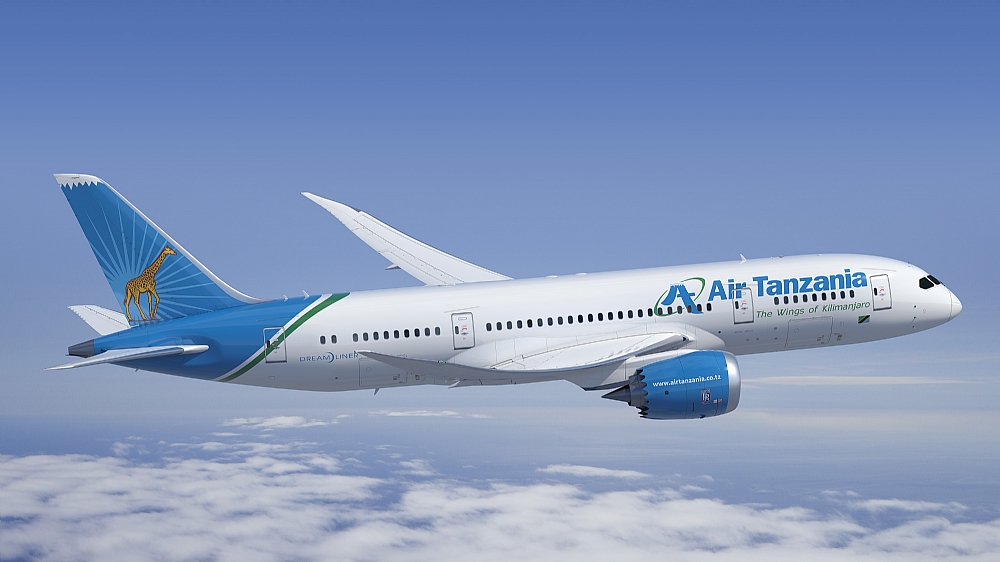
1. Types of Flight Permits in Tanzania
1.1 Overflight Permit
An overflight permit is mandatory for any aircraft traversing Tanzanian airspace without landing. It ensures compliance with Tanzania’s air traffic control (ATC) and aviation regulations.
1.2 Landing Permit
A landing permit is required for any aircraft intending to land at Tanzanian airports. This includes both scheduled and non-scheduled flights, private charters, and cargo operations.
1.3 Diplomatic Permit
Government and military aircraft require a diplomatic permit for overflights or landings in Tanzania. These permits are issued in coordination with the Ministry of Foreign Affairs and the Tanzanian Civil Aviation Authority (TCAA).
2. Regulatory Authority
The Tanzania Civil Aviation Authority (TCAA) oversees the issuance of flight permits and ensures compliance with ICAO and local aviation standards.
3. Documentation Required for Flight Permits
For Overflight Permits:
- Aircraft registration certificate.
- Airworthiness certificate.
- Aircraft insurance certificate (covering third-party liability).
- Air operator’s certificate (AOC) for commercial operators.
- Flight plan details, including entry and exit points in Tanzanian airspace.
For Landing Permits:
- All documents required for overflight permits.
- Slot confirmation from the destination airport (if applicable).
- Ground handling arrangements at the airport.
- Passenger manifest or cargo details.
- Purpose of the flight (e.g., passenger transport, cargo, or private).
For Diplomatic Permits:
- Official request or diplomatic note from the operator’s government.
- Detailed flight itinerary and purpose.
- Information on crew and passengers.
4. Lead Times for Permit Approvals
- Overflight Permits: Typically processed within 24-48 hours.
- Landing Permits: Require 3-5 business days, depending on the type of flight and completeness of documentation.
- Diplomatic Permits: May take 5-7 business days due to coordination with multiple agencies.
5. Key Airports in Tanzania
Tanzania has several major airports catering to both international and domestic flights:
- Julius Nyerere International Airport (DAR):
- Located in Dar es Salaam, the primary gateway for international flights.
- Kilimanjaro International Airport (JRO):
- Serves northern Tanzania, a key hub for tourism and access to Mount Kilimanjaro and the Serengeti.
- Abeid Amani Karume International Airport (ZNZ):
- Located in Zanzibar, popular for leisure and tourism traffic.
- Mwanza Airport (MWZ):
- Serves the Lake Victoria region, catering to regional flights.
- Songwe Airport (MBI):
- Located in Mbeya, supporting southern Tanzania.
6. Airspace Management
- ATC Services: Managed by the TCAA, Tanzanian airspace is controlled to ensure safe navigation for all aircraft.
- Restricted Areas: Certain regions, including military zones, are restricted and require special clearance.
7. Special Considerations
Weather Conditions:
- Tanzania’s climate varies by region, with tropical weather in coastal areas and cooler conditions in highlands. Operators must plan for potential disruptions during the rainy season (March to May, November to December).
Slot Restrictions:
- Major airports like Julius Nyerere and Kilimanjaro may have slot restrictions during peak travel seasons. Advance reservations are essential.
Customs and Immigration:
- International flights must comply with customs and immigration procedures. Operators should ensure passenger and crew documentation is submitted in advance.
8. Steps to Obtain Permits
- Prepare Documentation:
- Gather all required documents for the specific permit (overflight, landing, or diplomatic).
- Submit Application:
- File the permit request with the TCAA or through a designated agent.
- Coordinate Ground Handling:
- Arrange for handling services at the destination airport.
- Confirm Slot Allocation:
- Secure slots for airports requiring prior coordination.
- Monitor Application:
- Follow up with the TCAA to ensure timely approval.
9. Useful Contacts
- Tanzania Civil Aviation Authority (TCAA):
- Website: https://www.tcaa.go.tz
- Phone: +255 22 211 5079
- Email: [email protected]
Need a flight permit in Indonesia? click here
